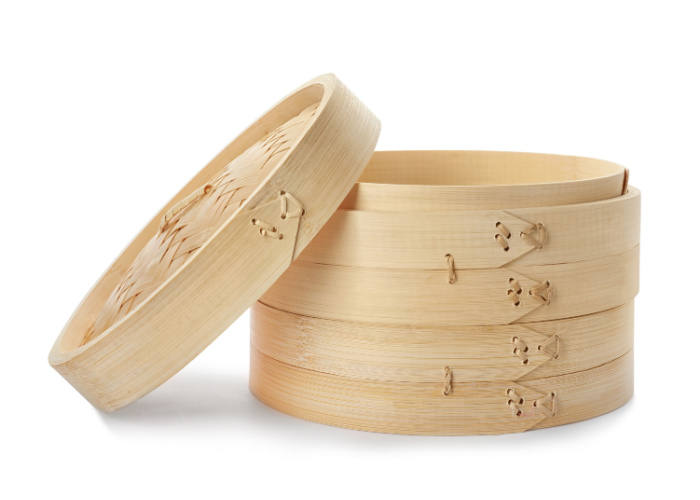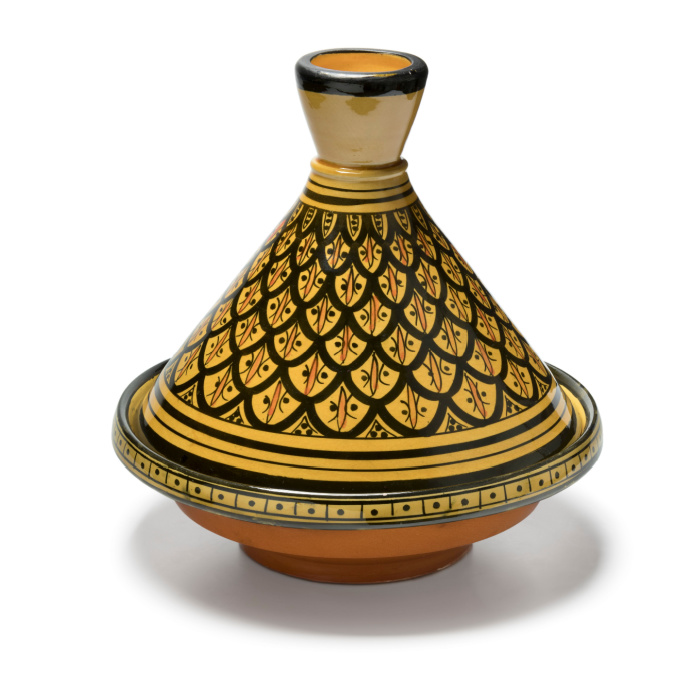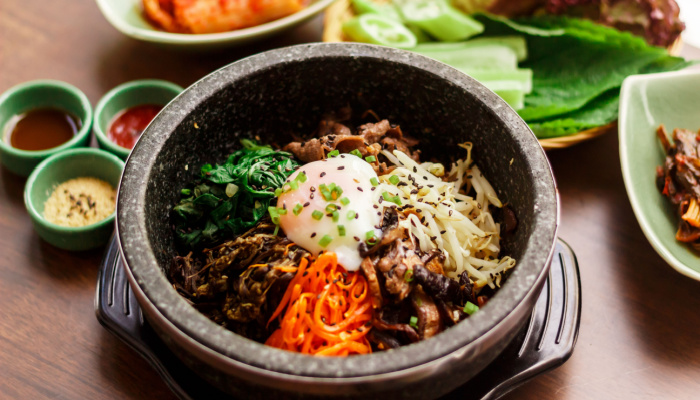Kitchen gadgets can change lives. You could spend years without a certain appliance — like a sandwich maker, crockpot, or immersion blender — but when you finally get it, you couldn’t understand how you managed for so long without it. But kitchen gadgets aren’t universal; their importance depends on the cuisine. For instance, a rice cooker could be a mainstay for some families while others rarely eat rice. But if you’re looking to spruce up your menu and try international dishes without leaving the house, here are some gadgets you may want to try.
8 Staple Kitchen Gadgets From Around the World
Bamboo Steamer

This tool is made of interlocking bamboo baskets stacked on top of each other with a lid. The steamer goes over a pot of boiling water, so the steam rises through the bottom of each basket to cook the food inside. What’s unique about bamboo steamers is that the lid doesn’t collect condensation to drip onto the food, making it a perfect way to cook rice, vegetables, dumplings, meat, fish, and even desserts. Chinese cuisine has used these steamers for thousands of years, and many people today have embraced the kitchen gadget because of its accessibility and versatility. [1]
Masala Dabba

Indian food teems with flavor, so the existence of masala dabba is no surprise. It’s a unique spice storage container, typically consisting of small cups placed inside a larger container. The setup makes spices easily accessible while protecting the contents from humidity and other elements that could spoil them. Popular Indian spices include cumin, turmeric, ginger, mustard seed, cardamom, cloves, red chili powder, and coriander.
Tagine

A tagine or tajine is a well-known Moroccan dish, but it’s actually named after the kitchen gadget it’s cooked in. A tagine is a cone-shaped earthenware pot that cooks dishes over low heat while the pointed lid circles steam back into the food. Tagine recipes vary depending on where they’re made. Moroccan tagine is traditionally slow-cooked savory stews with meat, poultry, or fish combined with vegetables or fruits, and spices.
Aebleskiver Pan

Aebleskiver is a popular Danish snack made from frying batter in a specialized pan, typically made of cast iron. The pan has several deep indentations to pour the batter into. Then the aebleskiver is turned over with a skewer or fork until the snack has its distinct round shape with a soft crust and a light and fluffy interior. Aebleskiver can pair with many toppings, like jam, powdered sugar, butter, whipped cream, or maple syrup. [2]
Chasen

Chasen are bamboo whisks used to prepare matcha according to traditional Japanese tea-making techniques. The whisks are hand-carved from one piece of bamboo. As a result, each one can have a unique look depending on the type of bamboo used, the length and thickness of the bamboo, the shape and number of times, etc. This kitchen gadget perfectly mixes the matcha into a smooth consistency, although it might take a few tries to master it.
Dolsot

A dolsot is a granite stone pot used for Korean dishes, namely dolsot bibimbap and jigae. It could even cook a batch of plain rice. The pot retains heat, which can cook its contents more quickly and effectively, and continues to slow-cook even after removing it from the heat. Bibimbap takes advantage of this feature, which forms a delicious crust of crunchy rice around the sides of the pot. The rice is often topped with vegetables, soy sauce, meat, tofu, poultry, or an egg. Bibimbap ingredients depend on personal preference — or whatever is in the fridge. [3]
Percolator Coffee Pot

Coffee percolators were the go-to coffee makers before automatic drip machines took over in the 1970s. Percolators are among the oldest versions of coffee makers, with the first modern version patented in 1889 by an American farmer called Hanson Goodrich. The gadget goes on a stovetop where it brews coffee by cycling boiling water through the grounds. Over the years, it gained a bad rap for brewing bitter, over-extracted coffee, but proper brewing techniques can result in a delicious cup of joe. Therefore, the percolator still has many fans, and it’s a good choice for camping, blackouts, or other scenarios with no electricity. [4]
Moka Pot

Do not confuse percolators with the Moka pot, a staple coffee maker in Italy since its invention in 1933 by Italian engineer Alfonso Bialetti. There are many different versions of the Moka pot, some requiring electricity, some a stove. But unlike percolators using gravity, Moka pots use pressure to brew coffee by forcing water through the upper chamber filled with coffee grounds. As a result, Moka pots create very concentrated coffee, similar to a shot of espresso.
Keep Reading: 9 Things We Used To Do in The Kitchen That Just Don’t Happen Anymore
Sources
- “7 cooking tools from around the world you didn’t know you needed.” CNET. David Watsky. August 6, 2020
- “Can You Guess the Top Kitchen Gadget in Each Country Around the World?” HGTV. Sharon Miki Chan. January 23, 2020
- “10 Unusual Kitchen Tools from Around the World.” Taste of Home. Lindsay D. Mattison. July 20, 2022
- “How To Make Coffee Using A Stovetop Percolator.” Home Grounds. Julia Bobak.

